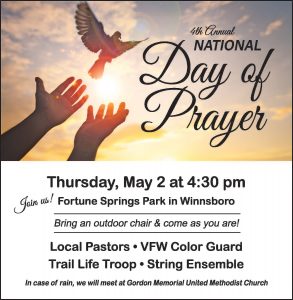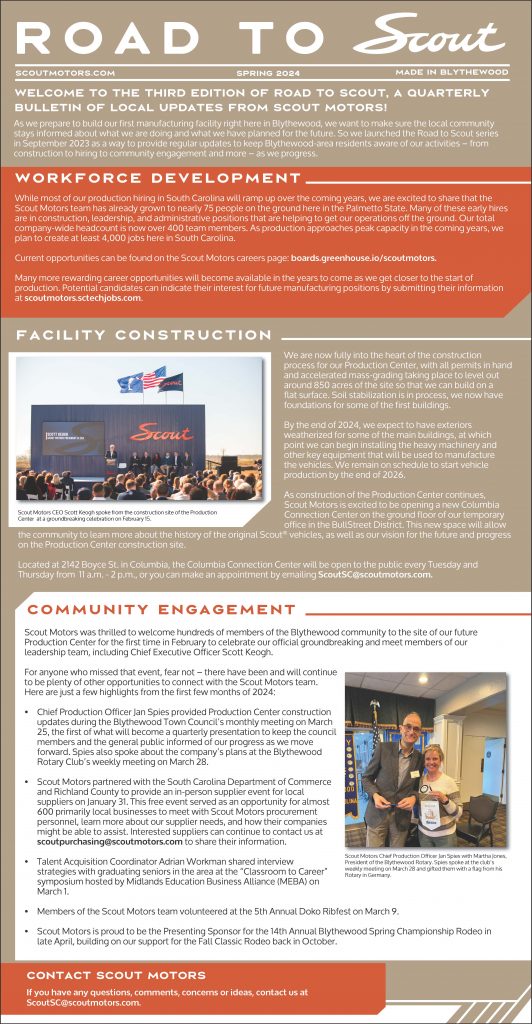
Caroleen Sanders, artist in residence at USC-Lancaster’s Native American Studies Center, shows you how it’s done.
This daytrip’s a breeze. Drive just 30 minutes and you can see beautiful examples of South Carolina’s oldest active art form – Catawba pottery. Catawba women still make pottery using traditional methods, thereby maintaining a link with their past. Catawba pottery is highly prized. Down Charleston way, some cooks feel that okra soup and other dishes can’t be prepared properly without a Catawba pot’s slow, steady cooking.
At 119 South Main St. in Lancaster you’ll find the Native American Studies Center, part of the University of South Carolina Lancaster. There you’ll see beautiful pottery. Established in August 2012, this comprehensive center for the study of South Carolina’s Native American peoples offers you the chance to view the single largest collection of Catawba Indian pottery in existence, learn about Native Americans in the Southeast, participate in educational classes and programs, and observe archaeology, language and folklore and oral history labs.
This area is rich in history. Lancaster and its environs have long been home to the Catawba Indian Nation. They have a reservation here. And they have something else, something special, something the Catawba have kept secret for hundreds of years: sacred clay holes.
Caroleen Sanders is the center’s artist in residence. A talented potter, her mission is to restore purity to how the Catawba make pottery. (“Catawba,” you probably know, means “People of the River,” and that river of course is the Catawba.) Finding a good seam of clay, says Caroleen, provides a rush like finding a vein of gold. “Pure clay is blue and it won’t dissolve,” she adds, holding a lump of clay that’s soft and satiny smooth.
When potters go to dig clay, they get into holes where the best clay is six feet down. Standing in a hole they all but disappear. Once they have a goodly amount of clay they cover the hole with brush and straw so interlopers can’t easily find it. Several challenges exist as the clay holes or pits go. Snakes, for one. A bigger threat, however, is so cleverly hiding a hole that it’s location becomes lost. “Forgetting it’s there is a threat,” says Caroleen.
Getting the clay is when the real work begins. “The clay has to be cleaned,” says Caroleen. And it’s not cleaned once but several times. “I pour it through three screens to strain it. In time it clings to my hands like honey.” Caroleen and other skilled potters turn that honey into enduring art.
Drive to Lancaster and see not just hundreds of years of Native American history but the Catawba nation’s rare and priceless connection with the land. Chief of the Catawba Nation, Chief William Harris, addressing the House Interior Appropriations Subcommittee, said: “The tradition of pottery making among the Catawba, unchanged since before recorded history, links the lives of modern Catawba to our ancestors and symbolizes our connection to the earth and to the land and river we love. Like our pottery, the Catawba people have been created from the earth, and have been shaped and fired over time and so have survived many hardships to provide a living testament to our ancestors and to this place we call home.”
If You Go …
• Native American Studies Center
119 South Main St.
Lancaster, South Carolina
• 803-313-7172
• Mondays by appointment only
• Tuesday, Wednesday, Friday & • • Saturday 10 a.m. – 5 p.m.
• Thursday, 10 a.m. – 7 p.m.
• Sunday, 1 – 5 p.m.
• www.usclancaster.sc.edu/nas/index.html
Learn more about Tom Poland, a Southern writer, and his work at www.tompoland.net. Email day-trip ideas to him at [email protected].












